Longmen Grottoes 龙门石窟
Longmen Grottoes are located in Luoyang City, Henan Province, covering an area of 31.7 square kilometers.
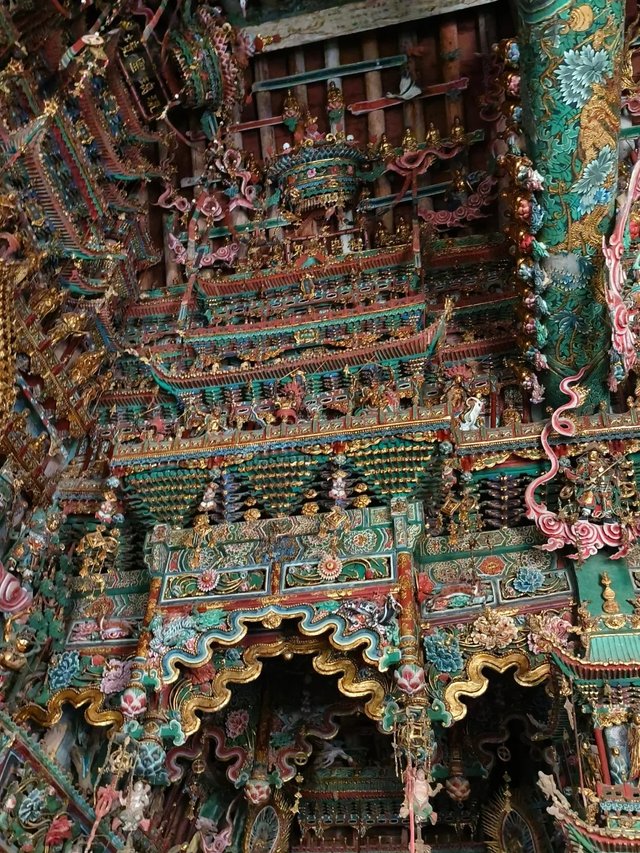
It is a cultural landscape. There are 2,345 existing niches, more than 100,000 statues, and more than 2,800 inscriptions on the steles.
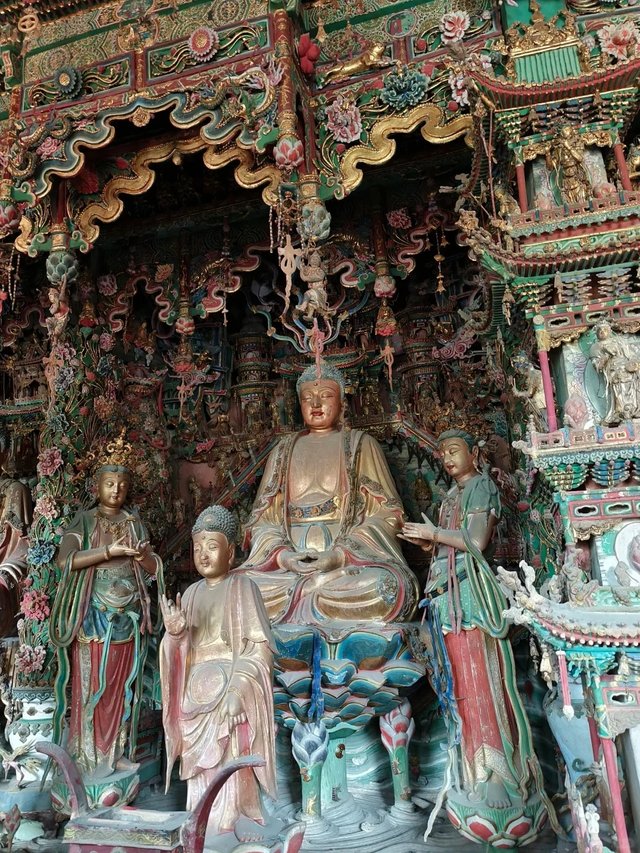
It is the world's largest treasure house of stone carving art with the most statues.
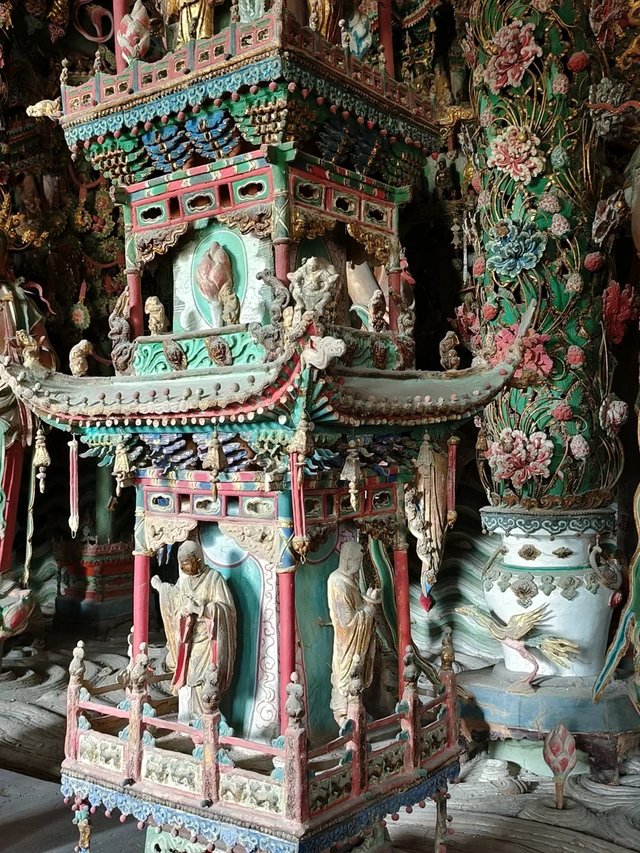
It was rated as the "highest peak of Chinese stone carving art" by UNESCO and ranks first among China's major grottoes.
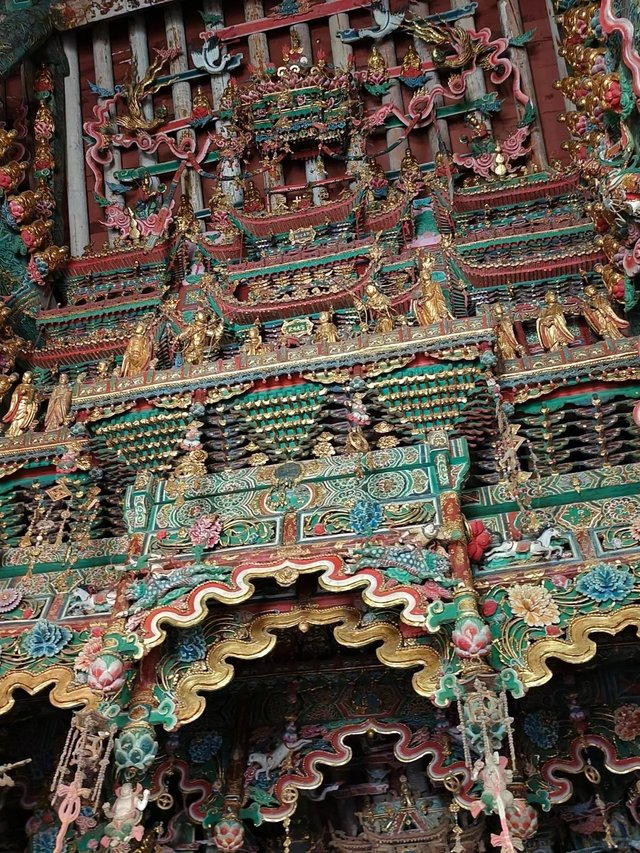
Between 493 and 528 AD, a Buddha statue with "beautiful bones and clear images" suitable for the aesthetics and culture of the Han nationality in the Central Plains was created, and Guyang Cave was built.
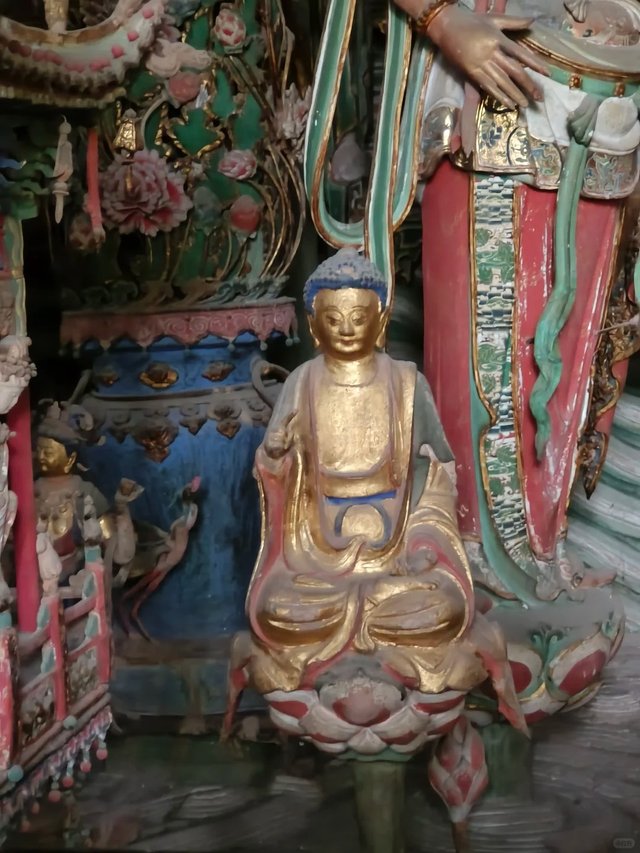
During the Tang Dynasty, four emperors built Buddha statues, including Qianxi Temple and Binyang South Cave.
In the Song Dynasty, Longmen Grottoes newly dug cave niches and protected the statue of Vairocana. In the Qing Dynasty, Emperor Qianlong visited Longmen and left an imperial stele pavilion in Longmen Xiangshan Temple.
In 1997, archaeological surveys and protection work were carried out on the ruins of Longmen Fengxian Temple. In 2001, the Arhat statues in Kanjing Temple, which were collected by the National Gallery of Canada, were returned to the Longmen Grottoes Research Institute for permanent preservation. In 2007, the facial repair project of Vairocana Buddha was completed, and the dust and dirt on the Buddha were removed, and the fine cracks on the Buddha and the surrounding areas were sealed. The Longmen Grottoes Scenic Area is mainly composed of four major scenic spots: Xishan Grottoes, Dongshan Grottoes, Baiyuan and Xiangshan Temple. Most of the scenic areas are royal grottoes. It was built over a period of more than 1,400 years through more than 10 dynasties and is one of the longest-built grottoes in the world.
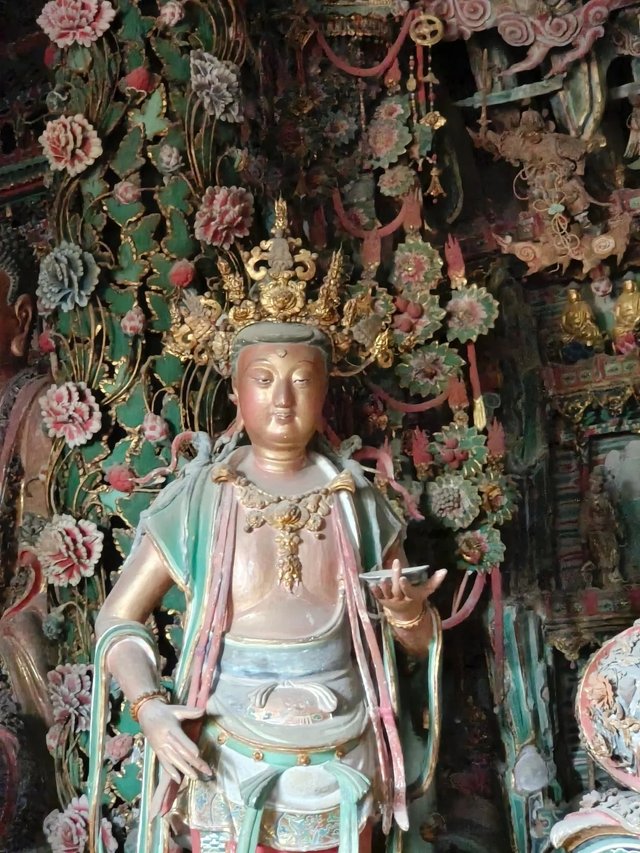
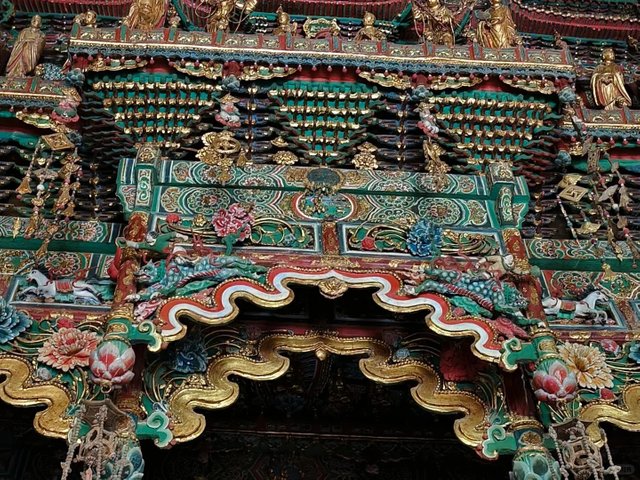
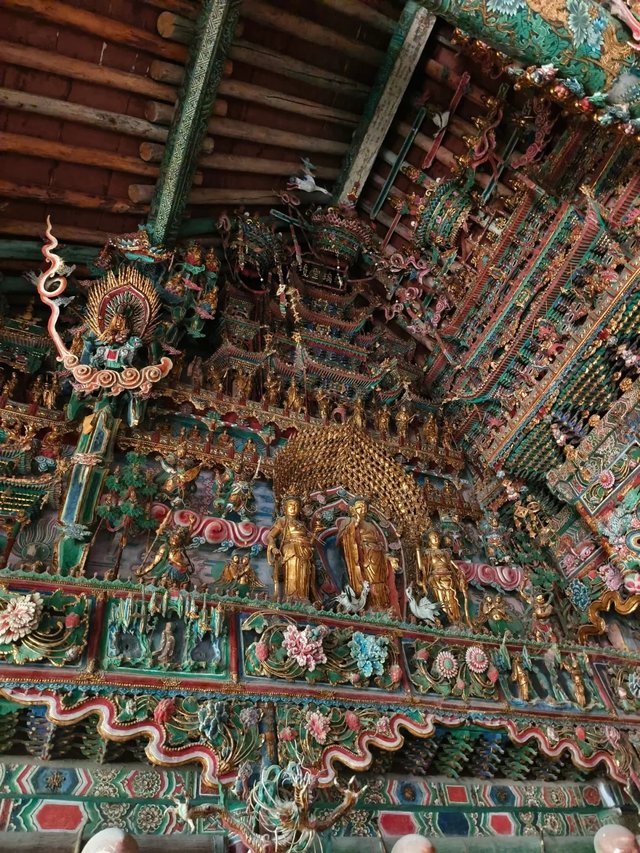
wunderbar